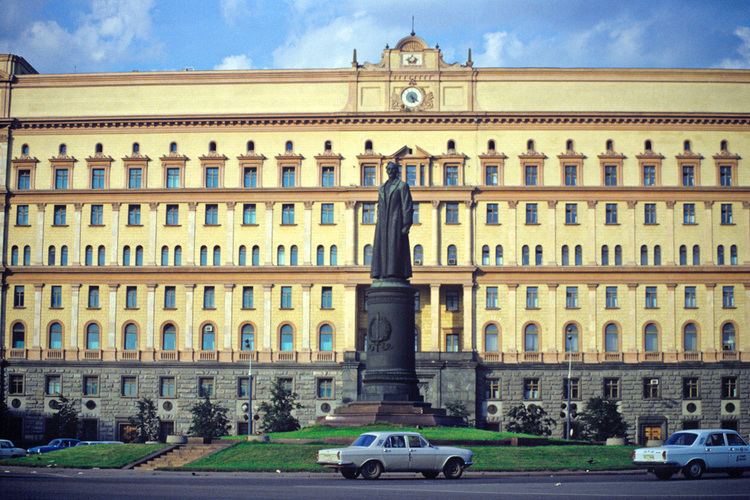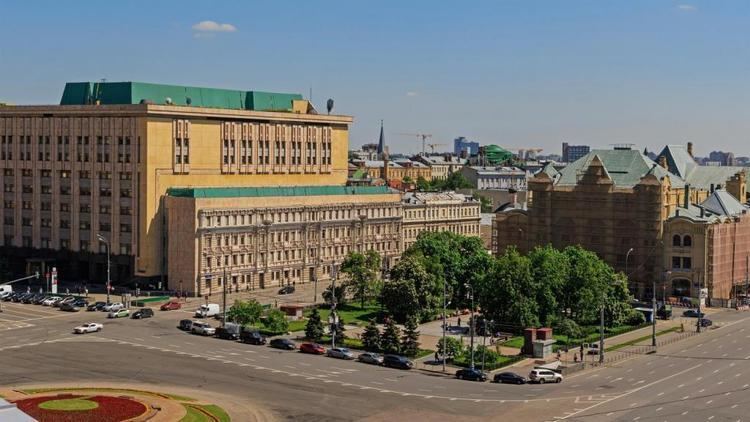 | ||
Similar | ||
Lubyanskaya Square (Russian: Лубянская площадь, Lubyanskaya ploshchad'), or simply Lubyanka in Moscow lies about 900 metres (980 yd) north-east of Red Square. History first records its name in 1480, when Grand Prince Ivan III of Moscow, who had conquered Novgorod in 1471, settled many Novgorodians in the area. They built the church of St Sophia, modelled after St Sophia Cathedral in Novgorod, and called the area Lubyanka after the Lubyanitsy district of their native city.

Lubyanka Square is best known for the monumental Lubyanka Building, designed by Aleksandr V. Ivanov and constructed from 1897 to 1898. Originally built for the insurance company Rossiya, it later became better known for housing the headquarters of the KGB in its various incarnations. As of 2016 the Federal Security Service of the Russian Federation (FSB) occupies the building. The square was renamed Dzerzhinsky Square for many years (1926–1990) in honor of the founder of the Soviet security service, Felix Dzerzhinsky. Yevgeny Vuchetich's monumental statue of Dzerzhinsky (nicknamed Iron Felix) was erected in the center of the square in 1958.

Opposite the FSB building stands the massive Detsky Mir (Russian: Де́тский мир; Children World), Europe's largest children's store - built between 1953 and 1957 and fully restored in 2014. It hosts in its main atrium the world's largest mechanical clock movement: Raketa Monumental.

On October 30, 1990, the Memorial organization erected a monument to the victims of the Gulag, a simple stone from the Solovki prison camp in the White Sea. In 1991 the statue of Dzerzhinsky was removed by liberal protesters following the failure of the coup attempt against Mikhail Gorbachev, and the square's original name was officially restored.
The Moscow Metro station Lubyanka operates under Lubyanka Square.
